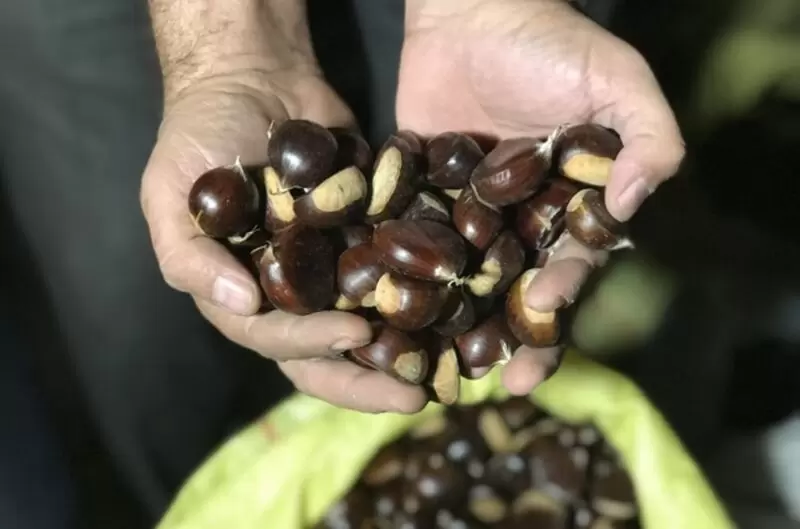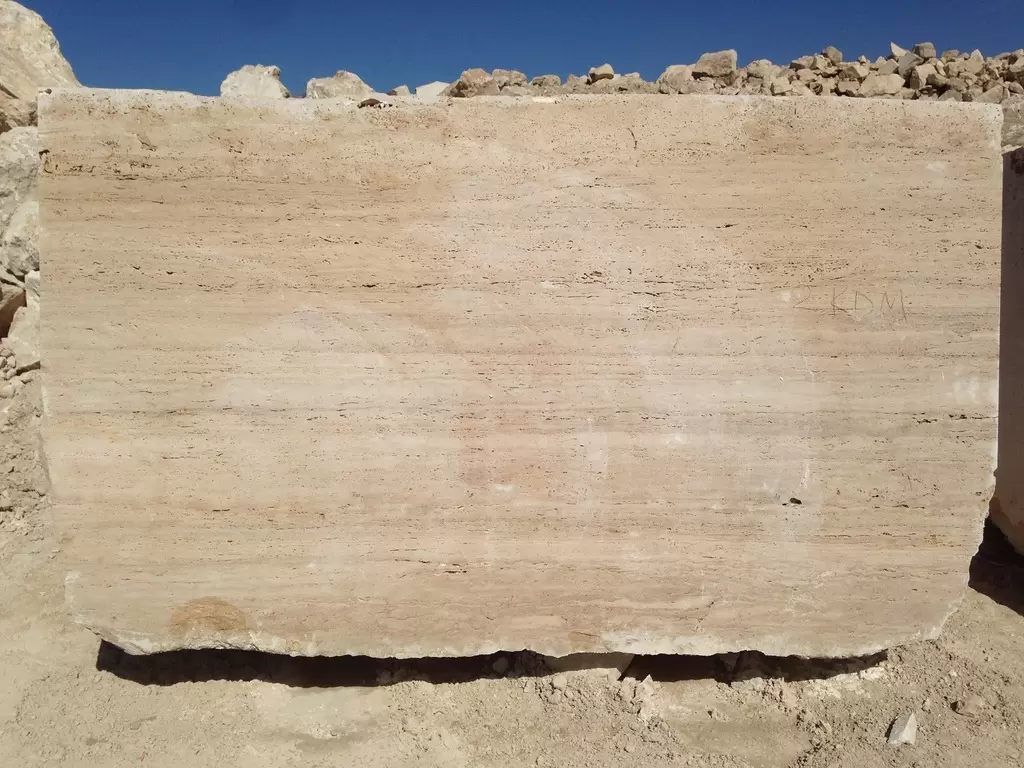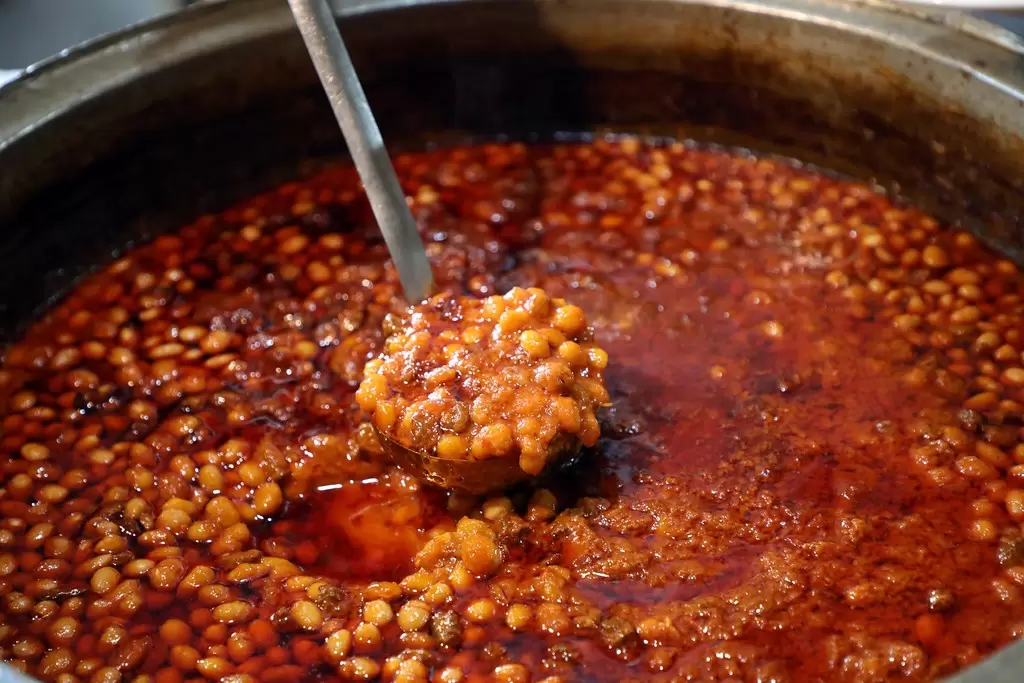
Akçakoca Kaplandede Chestnut: A Geographical Icon of Natural Excellence
Akçakoca Kaplandede Chestnut, a geographically indicated product from the Akçakoca district of Turkey, is celebrated for its exceptional quality, unique characteristics, and deep connection to the region’s natural environment. This chestnut variety, derived from the Castanea sativa Mill. species, thrives in Akçakoca’s ideal climate, producing a premium fruit known for its thin shell, smooth peeling, and rich flavor.
The Unique Growing Conditions of Akçakoca
Akçakoca’s geographical and climatic features create the perfect conditions for cultivating Kaplandede Chestnuts:
- Balanced Humidity: The district's mild and humid climate ensures the chestnuts develop with minimal external intervention, such as irrigation or fertilization. The natural moisture supports consistent growth and maintains the fruit’s quality.
- Mild Temperatures: Akçakoca’s moderate climate, without harsh extremes, allows the chestnut trees to flourish, ensuring balanced vegetative growth and high-quality fruit production.
- Natural Cultivation: Kaplandede Chestnuts are often grown without artificial inputs, relying on the region’s fertile soil and natural resources, making them a truly sustainable product.
Distinctive Features of Akçakoca Kaplandede Chestnut
-
Thin Shell and Smooth Peeling
One of the most notable characteristics of Kaplandede Chestnut is its thin outer shell, which peels away easily, revealing a full, intact fruit. This feature is highly valued by consumers and makes the chestnut ideal for culinary uses. -
Rich Flavor and Texture
The chestnut’s flesh is firm, dense, and full-bodied, with a creamy light color and a slightly sweet, nutty flavor. These qualities make it a favorite for roasting, cooking, and desserts. -
Small Size and Glossy Appearance
Kaplandede Chestnuts are small and slightly flattened in shape, with a shiny brown shell that adds to their visual appeal. This distinct appearance sets them apart from other varieties. -
Natural Pollination
The trees are monoecious but require cross-pollination for fruit production, which is facilitated by wind and insects. This process supports biodiversity and the natural balance of Akçakoca’s environment. -
High Yield and Quality
Kaplandede Chestnuts grow in spiny husks that typically contain two fruits each. The fruits are uniform in size, with a high-quality interior that remains whole after peeling. -
Sustainable Cultivation
The chestnut trees in Akçakoca are known for their resilience and ability to thrive without extensive agricultural intervention. This makes them a symbol of sustainable farming and ecological harmony.
Cultural and Economic Importance
Akçakoca Kaplandede Chestnut is more than just a fruit; it is a vital part of the district’s cultural identity and economic fabric. The chestnut harvest season is a time of celebration and community activity, bringing together local farmers and families. The production and sale of these chestnuts support the regional economy, and their reputation as a high-quality product enhances their marketability both domestically and internationally.
Culinary Uses
Kaplandede Chestnuts are a versatile ingredient in Turkish cuisine. They are enjoyed in various forms:
- Roasted: A popular snack, especially in the colder months.
- Cooked in Dishes: Used in savory recipes such as pilafs and stuffed vegetables.
- Desserts: Incorporated into sweets like chestnut paste, cakes, and candied chestnuts.
The chestnut’s rich flavor and easy peeling make it a favorite among chefs and home cooks alike.
Why Akçakoca Kaplandede Chestnut Stands Out
The combination of natural factors and traditional practices gives Kaplandede Chestnut its unique characteristics:
- Region-Specific Qualities: The thin shell, smooth peeling, and creamy flesh are a direct result of Akçakoca’s climate and soil.
- Geographical Indication: Its protected status ensures authenticity and adherence to traditional cultivation methods.
- Consumer Preference: Known for its ease of use and rich taste, it is highly sought after by consumers.
A Must-Try for Visitors
For travelers visiting Akçakoca, sampling Kaplandede Chestnuts is an essential experience. Whether purchased fresh during harvest season, enjoyed roasted from local vendors, or tasted in traditional Turkish recipes, this chestnut offers a delightful introduction to the region’s agricultural heritage.
Conclusion
Akçakoca Kaplandede Chestnut is a shining example of Turkey’s geographically indicated products. Its unique features, natural cultivation, and deep connection to the Akçakoca region make it a cherished fruit that embodies the harmony of nature and tradition. Whether you’re a culinary enthusiast or a curious traveler, this chestnut promises an unforgettable taste of Akçakoca’s rich heritage.


















